|
Aug 25, 1887
|
Born in Enniskillen, Ireland to Henry and
Margaret Ann (nee Brown) Laird
|
|
Aug 24, 1888
|
Embarked the SS Circassian in Londonderry,
Ireland with his parents and 4 siblings
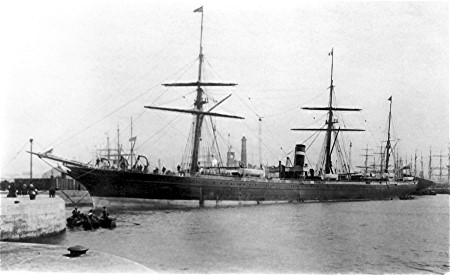
|
|
Sep 3, 1888
|
Disembarked in Quebec City, Quebec and the family
proceeded to Campbellford, Ontario
|
|
Sep 16, 1907
|
Married to Polly (Pauline) Grimshaw in Guelph,
Ontario. His residence was noted as
Campbellford, Ontario
|
|
Jan 8, 1916
|
Attested into the 155th Battalion CEF
in Marmora, Ontario
Ø Number 636315
Ø Next of kin given as Pauline
Marion Laird, wife, Marmora, Ontario
Ø Previous occupation given as
Tinsmith
Ø No previous military
experience given
Ø Religion given as Methodist
On attesting he stated he had 1 daughter,
Winifred Grace Laird, age 4 years
The battalion trained in the Kingston, Ontario
area
|
|
Aug 25, 1916
|
Admitted to the Barriefield Military Hospital
with a diagnosis that reads Syphilis
|
|
Sep 7, 1916
|
Discharged to duty from hospital
|
|
Oct 17, 1916
|
Embarked the SS Northland in Halifax, Nova Scotia
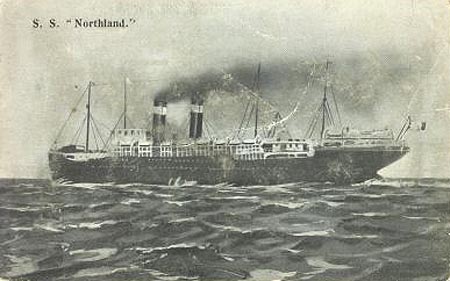
|
|
Oct 28, 1916
|
Disembarked in Liverpool, England and the
battalion proceeded to Bramshott
|
|
Nov 16, 1916
|
Attached to the CAI&RD (Canadian Arms
Inspection & Repair Depot) in Greenwich for duty
|
|
Dec 8, 1916
|
Transferred to the 154th Battalion in
Bramshott and remained attached to the Canadian Arms Inspection and Repair
Depot
|
|
Jan 31, 1917
|
Transferred to the 6th Reserve
Battalion and remained attached to the Canadian Arms Inspection and Repair
Depot
|
|
Feb 15, 1917
|
Admitted to the Royal Herbert Hospital in
Woolwich with a diagnosis that reads NYD (Not Yet Determined). This was later changed to read VDS
(Venereal Disease Syphilis)
|
|
Feb 17, 1917
|
Discharged to duty from hospital
|
|
Mar 2, 1917
|
Admitted to the Royal Herbert Hospital in
Woolwich for ongoing treatment for his infection
|
|
Mar 12, 1917
|
Discharged to duty from hospital
|
|
Mar 19, 1917
|
Admitted to the Royal Herbert Hospital in
Woolwich for ongoing treatment for his infection
|
|
Mar 21, 1917
|
Discharged to duty from hospital
|
|
Apr 2, 1917
|
Admitted to the Royal Herbert Hospital in
Woolwich for ongoing treatment for his infection
|
|
Apr 4, 1917
|
Discharged to duty from hospital
|
|
Apr 21, 1917
|
Ceased to be attached to the repair depot and
reported to the 6th Reserve Battalion in Seaford
|
|
Jun 15, 1917
|
Transferred to the 21st Battalion
|
|
Jun 16, 1917
|
Arrived at the No. 2 CIBD (Canadian Infantry Base
Depot) in Etaples, France as part of a draft of 21 reinforcements from
England and TOS (Taken On Strength) the 21st Battalion
|
|
Jul 3, 1917
|
After leaving the base depot, he joined the 2nd
Canadian Entrenching Battalion in Hersin, France
|
|
Aug 20, 1917
|
After leaving the entrenching battalion, Private
Laird joined the 21st Battalion resting in billets at Fosse 10,
near Lens, France and was posted to “D” Company
|
|
Sep 12, 1917
|
Private Laird earned a Bronze Medal at the
Falling Plate Canadian Corps Rifle competition that was held at Villers au
Bois, France
|
|
Mar 7, 1918
|
Granted 14 days leave
|
|
Mar 22, 1918
|
Rejoined the battalion from leave
|
|
Mar 31, 1918
|
While in the front line near Neuville Vitasse,
France, Private Laird received a shrapnel wound that buried itself into his
right hip. He was evacuated to the No.
6 CFA (Canadian Field Ambulance) for first aid before being transported to
the No. 56 CCS (Casualty Clearing Station) for treatment
|
|
Apr 1, 1918
|
Transported via the No. 7 AT (Ambulance Train)
and admitted to the No. 20 General Hospital in Camiers, France
|
|
Apr 5, 1918
|
Invalided to England aboard the Hospital Ship
Princess Elizabeth
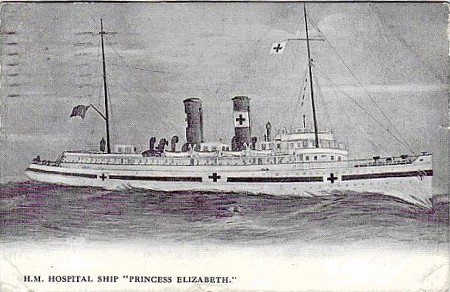
On arrival in England, he was admitted to the
Colchester Military General Hospital
Transferred to the EORD (Eastern Ontario
Regimental Depot) for pay purposes while in hospital
|
|
Apr 25, 1918
|
Transferred to the Canadian Convalescent Hospital
in Woodcote Park, Epsom
No surgery was performed to remove the piece of
shrapnel and he carried it for the rest of his life
|
|
May 17, 1918
|
Discharged from hospital and attached to the 3rd
CCD (Canadian Command Depot) for physical training
|
|
Jun 18, 1918
|
Sentenced to 2 days Field Punishment No. 2 for
being absent
|
|
Jul 17, 1918
|
Admitted to the 2nd Eastern General
Hospital in Brighton with a diagnosis that reads Venereal Disease Syphilis
|
|
Jul 19, 1918
|
Transferred to the Eastern Ontario Regimental
Depot for pay purposes while in hospital
|
|
Jul 20, 1918
|
Transferred to the Cherryhinton Military Hospital
in Cambridge
|
|
Oct 8, 1918
|
Discharged from hospital and transferred to the
Eastern Ontario Regimental Depot and attached to the 3rd Canadian
Command Depot for physical training
|
|
Jan 18, 1919
|
Attached to the 1st Canadian Command
Depot
|
|
Jan 28, 1919
|
Transferred to the 6th Reserve
Battalion in Seaford
|
|
Feb 8, 1919
|
Transferred to Military District No. 3 in Kinmel
Park, Rhyl pending return to Canada
|
|
Feb 22, 1919
|
Embarked the SS Belgic in Liverpool
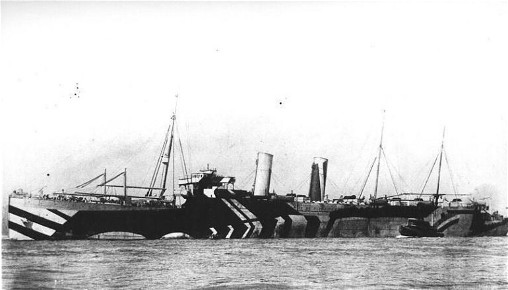
|
|
Mar 1, 1919
|
Disembarked in Halifax, Nova Scotia
|
|
Mar 25, 1919
|
Discharged from the CEF in Kingston, Ontario
Ø Rank on discharge Private
Ø War Service Badge Class “A” issued
number 91063
Ø Proposed residence on
discharge Marmora, Ontario
Following is discharge, the British War Medal and
Victory Medals were sent to him at Marmora, Ontario
Following his discharge, John Laird served with
the Hastings Prince Edward Regiment and acted as the RQMS (Regimental
Quartermaster Sergeant)
|
|
Jul 18, 1950
|
John James Laird was accidentally killed in an
industrial accident at the Deloro Smelting & Refining Co., Limited plant
in Deloro, Ontario. He was buried in
the Little Lake Cemetery, Peterborough, Ontario
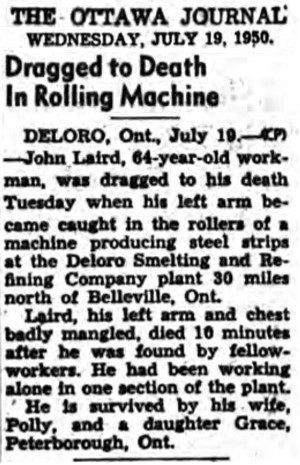
|
|